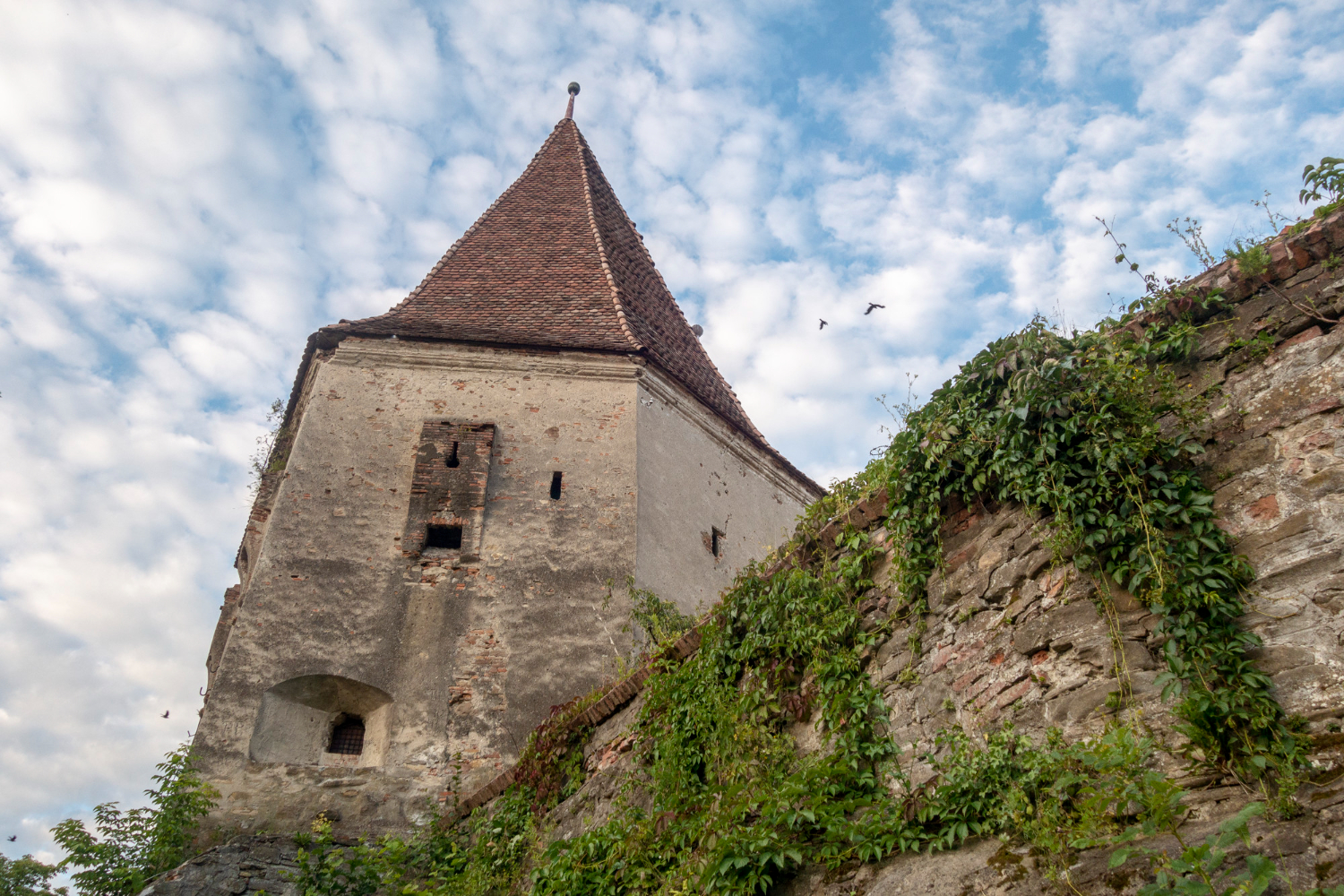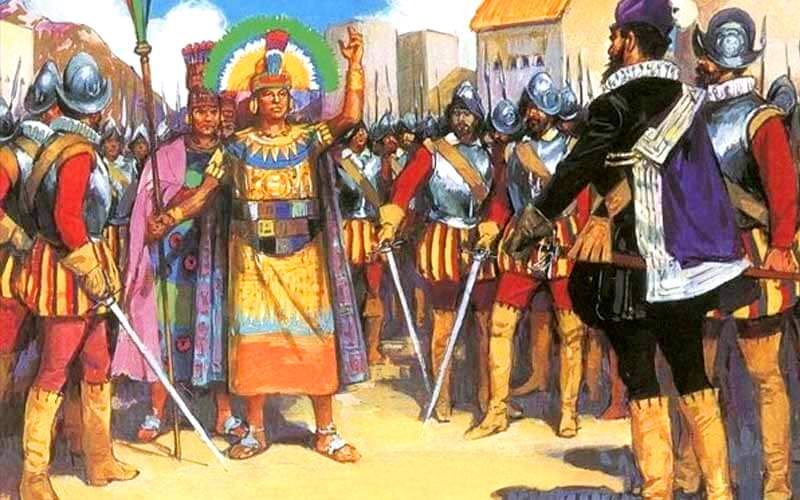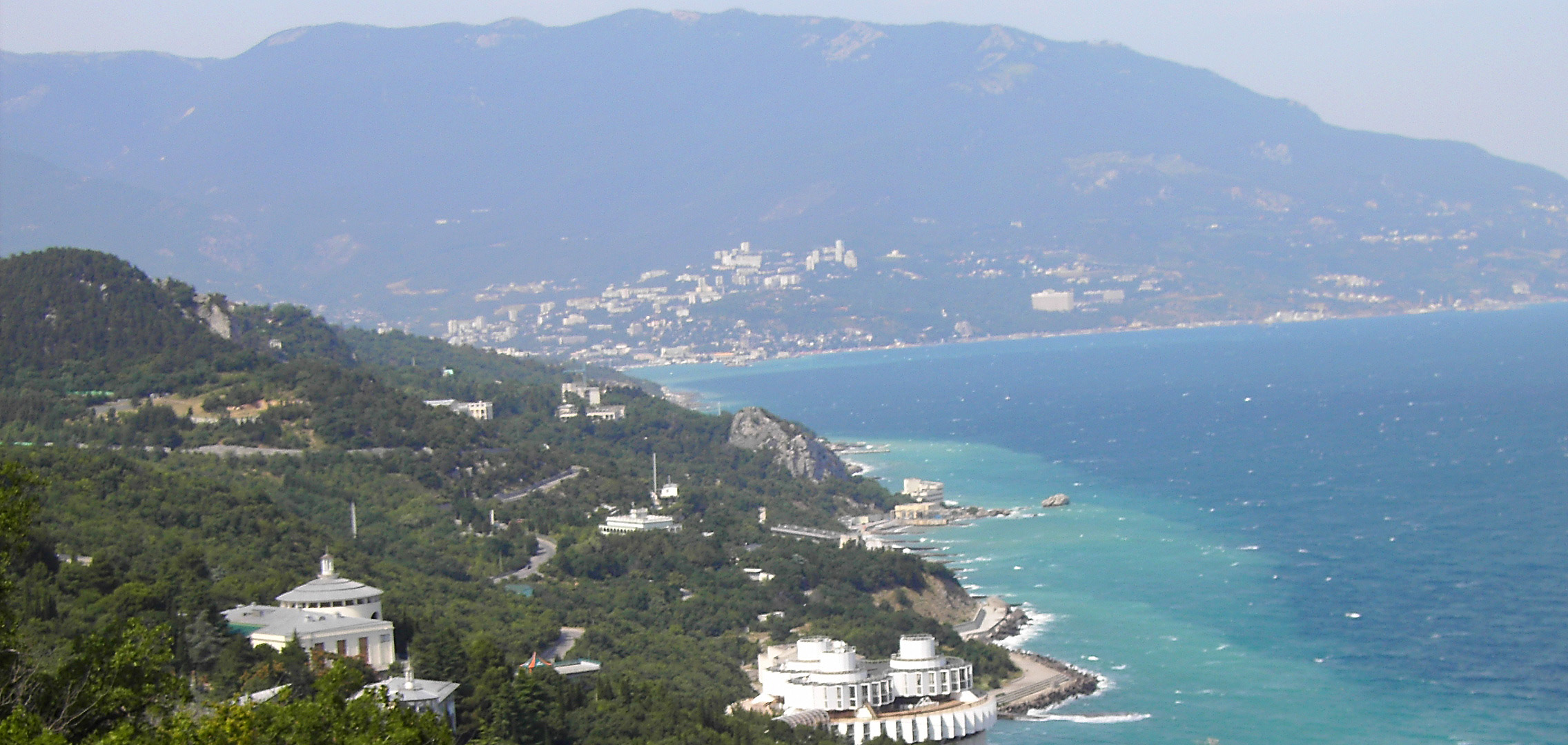Sighișoara (or Segesvár) is located in Mures county, 45 km south-southeast of Târgu Mureş, at the flow of the Segesd stream into the Nagy-Küküllő river. It is one of the most important historical places to visit in Transylvania, where the Transylvanian spirit lives on.
It is the city of multilingualism, the city of different denominations. The most important ethnic group determining construction style of the city and its cultural monuments were the Saxons. The Saxons were settled in during the principality of Géza in the 12th century, but many were killed in the second World War. Soon the city became the center of the Saxon seat.
The name of the city is derived from the ancient Hungarian words seg, ség, which means hill, pile. The word Segesvár was filled with the suffix –es, that is, hilly, and the word castle vár was also added to it.
One will gain a unique experience, if one visits this medieval city. The cobbled medieval streets, the ornate towers of the castle and its strong bastions take us back to a long-gone era, bringing the past to life. The Sighisoara medieval citadel offers a fascinating sight for visitors, being one of the most important places of Mures county. It is a place that is usually recommended to tourists.
The historic center of the city has become a World Heritage Site since 1999. The Castle of Sighisoara once boasted 14 towers, of which 9 can be seen today. The towers are connected by a 930-meter-long castle wall, and each tower bears the name of the guild designated for its protection.
Among the sights of the city, the clock tower, which can be seen from all parts of the city, is definitely worth mentioning. The gate of the Clock Tower introduces the visitor to the castle, and it is also the symbol of the city.
The tower is 64 meters high. According to records, it was erected in the 14th century and rebuilt in 1677 after the great fire of 1676, under the guidance of master builders from Tyrol and Salzburg. The tower was protected by mercenary soldiers of the city council, as it operated the city archives, the city treasury, and the city council met here until 1556.
The most beautiful attraction of the Clock Tower is the clock structure, the clock and its rotating figures were created by Johann Kirschel in 1648.
One of the famous buildings of Segesvár is also located in the Castle, the Schülertreppe (Student’s Staircase), built in 1642. The Student’s Staircase led to the Saxon school in Várhegy, and judging by its name, it was most often worn by the footprints of students. The interesting thing about the staircase is that it was covered, so it was safe to walk even in case of bad weather or even a siege.
Originally, the Student’s Staircase had 300 steps, but after the transformations in 1849, only 172 wooden steps remained. Reaching the 172 wooden steps, you can see the building of the Saxon Lutheran High- School, which today bears the name of its former principal, Josef Haltrich.
In the vicinity of the school lies another important attraction: the Lutheran Church built in Gothic style, that is, the Mountain Church (Bergkirche). The construction of the church began in 1345 and gained its current form in 1838.
The Castle of Sighisoara is undoubtedly one of the most important and beautiful attractions of Mures County, the visit of which should be devoted at least a full day, but since the surroundings are full of better accommodations, it is also possible to organize a longer excursion and get to know Segesvár and its surroundings thoroughly.








